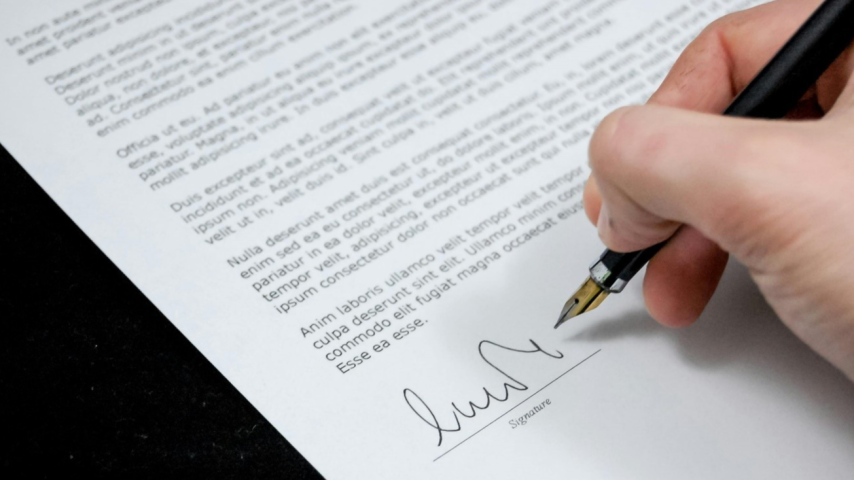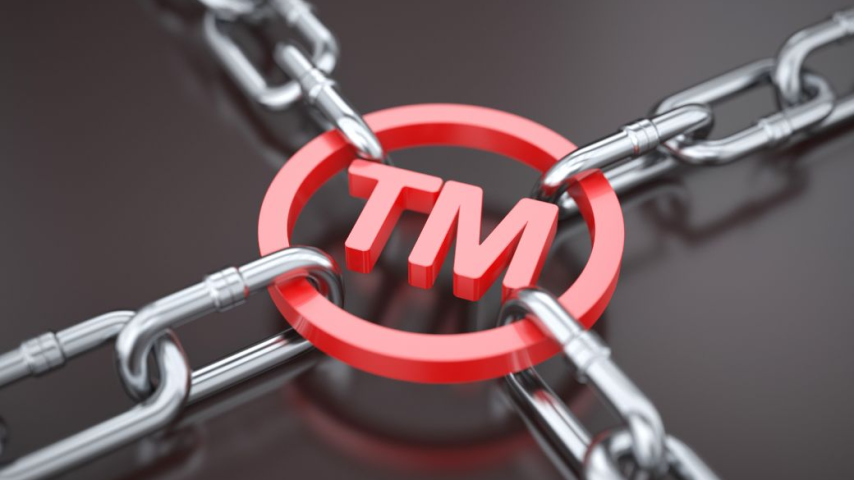Resource Articles
How to Do a World Intellectual Property Organization Patent Search
This article provides new inventors with a step-by-step guide on how to do a World Intellectual Property Organization (WIPO) patent search, helping them determine whether their invention is unique and how to navigate the international patent database effectively.
Is Writing a Provisional Patent Application Hard
This article explores whether writing a provisional patent application is hard, breaking down the process into simple steps, explaining common challenges, and providing practical tips to help new inventors prepare a strong application without unnecessary stress.
How to Sell Patents to Big Companies
This article provides a step-by-step guide on how to sell patents to big companies, covering key aspects such as patent valuation, identifying potential buyers, negotiating deals, and increasing the chances of successfully licensing or selling an invention.
How to Find a Registered European Patent Attorney
This article explains the process of finding a registered European patent attorney, guiding new inventors through the resources, qualifications, and considerations needed to secure professional support for their intellectual property.
How to Do a European Patent Application Search
This article provides a comprehensive guide on how to conduct a European patent application search using official tools and databases, helping inventors and businesses protect their innovations and avoid legal conflicts.
Understand How to Trademark a Name
Trademarking a name is important to protect your brand identity, offering exclusive rights & legal protection. It involves conducting a trademark search, filing an application, & maintaining the trademark.
How to Search for a Trade Mark: A Guide
Conducting a trade mark search is essential for protecting your brand identity and ensuring your unique mark doesn't infringe on existing trade marks.
How to Trademark a Company Name
Trademarking your company name is crucial for protecting your brand and ensuring others cannot use it. Here’s a simplified guide on how to trademark a company name, helping you navigate the process efficiently.
How to Trademark a Phrase: A Simple Guide
This guide walks new inventors through the process of trademarking a phrase, providing essential steps to ensure legal protection and exclusive rights to their unique brand expression in the marketplace.
How to Trademark a Name: A Comprehensive Guide
Trademarking your name protects your brand identity, granting exclusive rights and preventing competitors from using a similar name as you bring your inventions to market.
(page 1 of 5)









